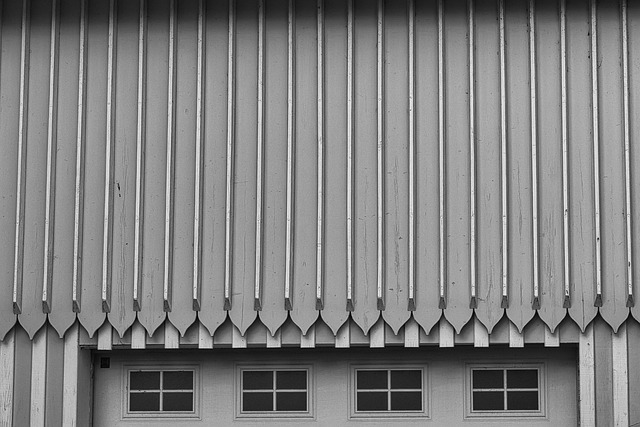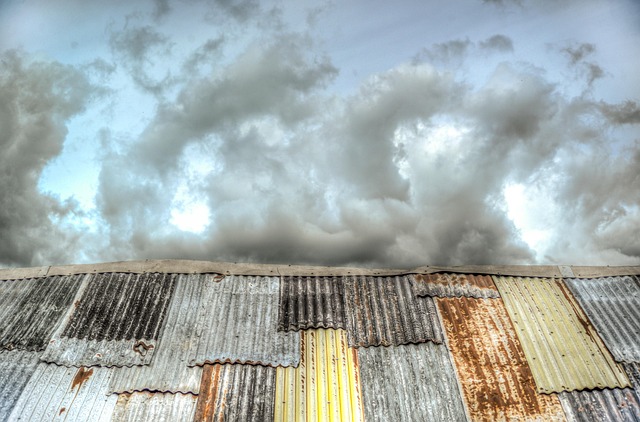Commercial roofing plays a critical role in achieving energy efficiency, handling higher loads, and managing large flat or low-sloped surfaces in commercial buildings. Strategies like reflective coatings, high-performance insulation, and advanced drainage systems significantly reduce heating and cooling costs, prolonging roof lifespans. Expert firms like Life Roofing and Construction Park demonstrate sustainable, cost-effective solutions. Advanced materials, precise installations, and effective waste management overcome challenges, delivering high-quality, energy-efficient roofing while adhering to safety standards.
In today’s sustainable construction landscape, commercial roofing plays a pivotal role in energy efficiency. This article delves into the benefits of adopting energy-efficient practices in Cedar Park’s commercial roof installations. We explore how modern solutions, like expert use of cedar and advanced techniques, contribute to reduced energy costs, increased building efficiency, and environmental sustainability. Understanding the challenges of traditional methods highlights the value of specialized, customer-centric services offered by Life Roofing and Construction Park.
- Understanding Commercial Roofing: The Foundation of Energy Efficiency
- – The significance of commercial roofing in energy conservation
- – Common challenges faced in traditional commercial roof installations
Understanding Commercial Roofing: The Foundation of Energy Efficiency

Commercial roofing plays a pivotal role in establishing energy efficiency within any structure. Unlike residential roofs, commercial buildings demand robust and durable materials capable of withstanding higher loads, including heavy machinery and extensive foot traffic. Furthermore, commercial roofs often encompass large expanses of flat or low-sloped surfaces, necessitating specific considerations for insulation, ventilation, and water management.
The foundation of a successful energy-efficient commercial roofing system lies in understanding these unique challenges. By incorporating reflective coatings, high-performance insulation, and advanced drainage systems, experts like Life Roofing and Construction Park can significantly reduce heating and cooling costs. These strategies not only enhance the building’s energy efficiency but also extend the lifespan of the roof, ensuring a sustainable and cost-effective solution for property owners.
– The significance of commercial roofing in energy conservation

Commercial roofing plays a pivotal role in energy conservation, often overlooked yet profoundly impactful. The choice of roofing materials significantly influences a building’s thermal dynamics. Energy-efficient commercial roof installations, such as those offered by expert contractors like Life Roofing and Construction Park in Cedar Park, utilize advanced technologies to reduce heat transfer. This is achieved through reflective coatings that bounce sunlight away from the building, lowering interior temperatures and easing the load on cooling systems.
Moreover, commercial roofing contributes to energy conservation by extending the lifespan of the roof itself. Durable materials like high-quality cedars not only withstand harsh weather conditions but also degrade slowly, reducing the need for frequent replacements. This longevity translates into lower maintenance costs and less construction waste, further emphasizing the environmental benefits of smart commercial roofing choices.
– Common challenges faced in traditional commercial roof installations

In the realm of commercial roofing, several challenges often arise during traditional installation processes. One significant hurdle is the complexity of navigating diverse weather conditions, especially in regions with harsh climates. Extreme temperatures, heavy rainfall, and sudden storms can impede construction schedules and require specialized equipment and protective measures to ensure worker safety. Moreover, typical commercial roofs demand intricate designs and precise measurements, making accurate installations a delicate task. Misaligned panels or improper flashing can lead to long-term structural issues and potential water damage.
Another common hurdle is the management of waste materials generated during the process. Traditional roofing methods often result in substantial amounts of debris, including old shingles, underlayments, and various tools. Efficient disposal and recycling practices are essential to minimize environmental impact and ensure compliance with local regulations. Effective project planning and adherence to safety standards are paramount to overcoming these challenges and delivering high-quality, energy-efficient commercial roofing solutions.
In conclusion, investing in energy-efficient commercial roofing through expert installations is a strategic move for property owners. By understanding the crucial role of commercial roofing in energy conservation and addressing common challenges, businesses can contribute to sustainability while enhancing their buildings’ longevity. Choosing the right materials, such as cedar, and adopting modern installation techniques are key steps towards a more efficient and resilient roof.
